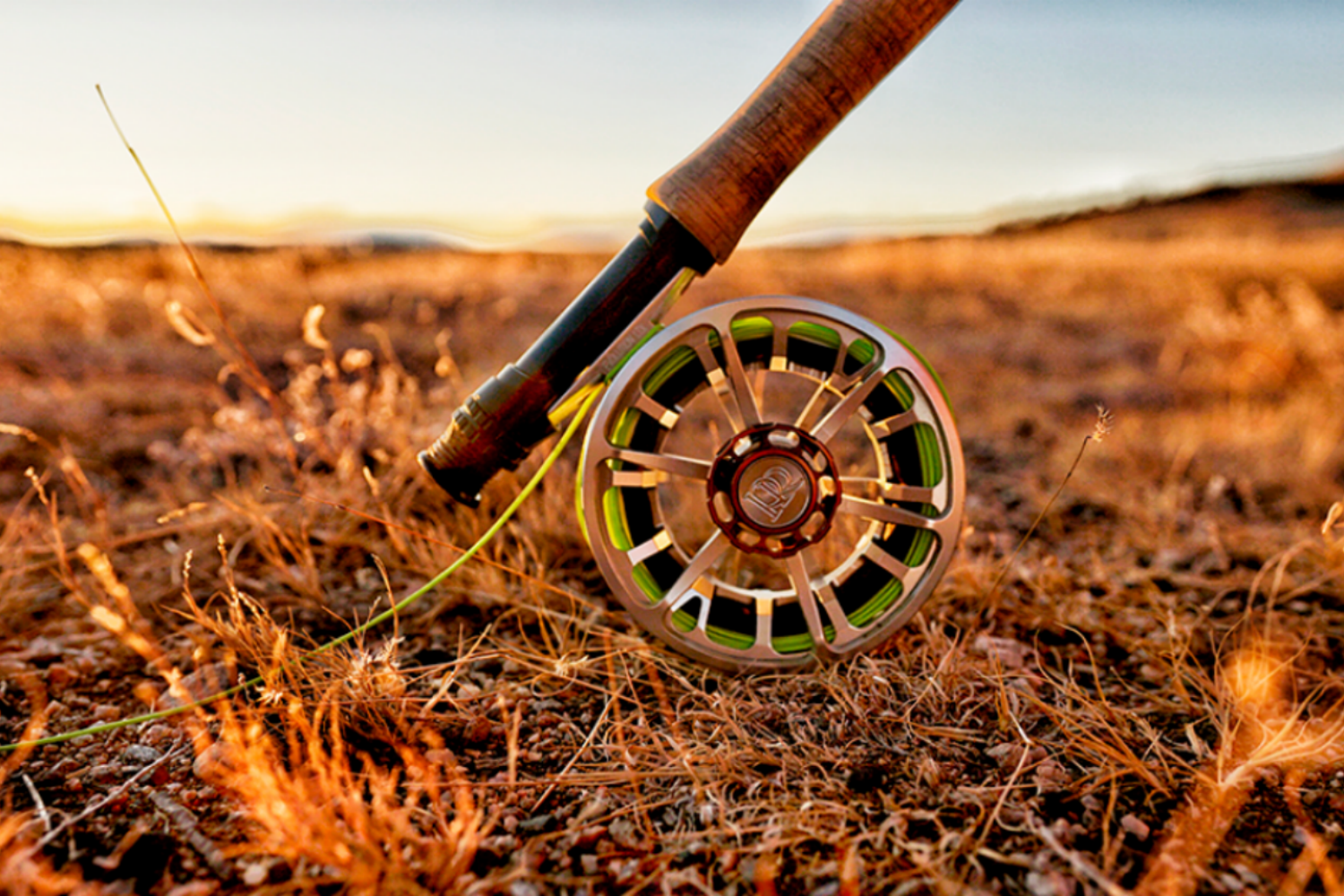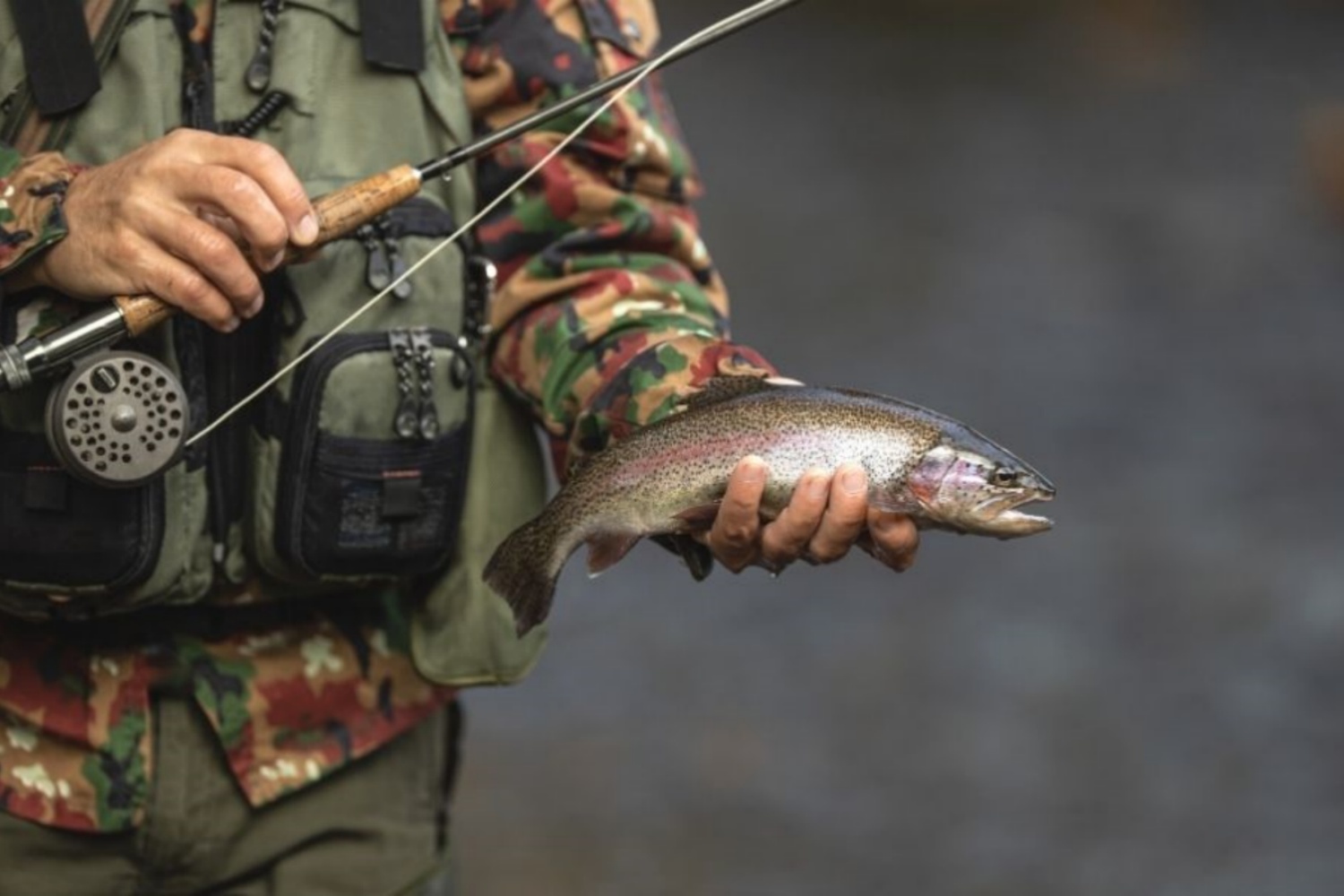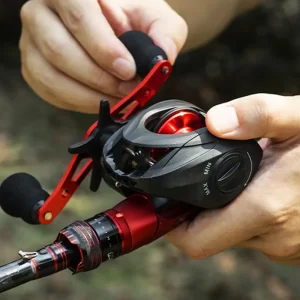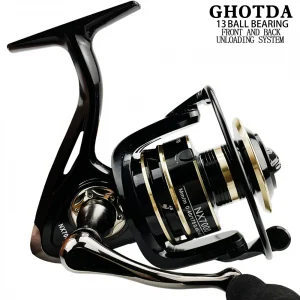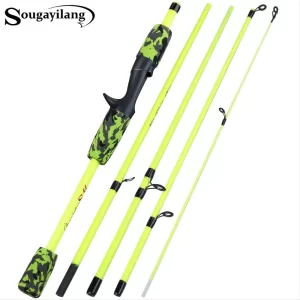The history of the fishing reel is a fascinating journey through time and innovation, tracing back to its origins in ancient China and its evolution into a staple of modern recreational and competitive fishing.
Ancient Beginnings
The earliest documented mention of a fishing reel can be found in a 4th-century Chinese text, “Lives of Famous Immortals.” This historical reference indicates that the concept of the fishing reel was already in existence long before it became a common fishing tool in the West. By the year 1195, the Chinese painter Ma Yuan depicted a fisherman using a rod and reel in his artwork “Angler on a Wintry Lake.” Further artistic evidence from the 13th century, such as the Armenian parchment and works by the Chinese painter Wu Zhen, highlights the widespread use of fishing reels in Eastern cultures.
Introduction to Europe
Despite its early inception in Asia, the fishing reel did not become prevalent in Europe until much later. In England, recreational angling began to gain popularity among the elite in the 15th century, yet the use of fishing reels was not adopted until the mid-17th century. The Great Fire of London in 1666 played an unexpected role in the spread of fishing reel usage, as it forced artisans and tackle makers to relocate to Redditch, which soon became a hub for the fishing industry. It was here in 1761 that Onesimus Ustonson, who would later be credited with inventing the fishing reel, opened his shop and began selling these innovative devices.
Early Designs and Innovations
The design of early fishing reels was simple and prone to wear, often featuring small diameters and gears made of brass. However, innovation continued with the introduction of the “Nottingham reel” in the late 18th century, which featured a larger diameter and a freer spooling mechanism. The 19th century saw the invention of the multiplying reel, which allowed for a faster retrieval of the fishing line, though it was not initially popular in Britain. This type of reel was improved upon by George Snyder of Paris, Kentucky in 1810, marking the first bait-casting reel which found significant success in the United States.
Modern Innovations
Further advancements were made with the introduction of the silk fishing line in the 1880s, which allowed for greater casting distances. This necessitated improvements in reel design to prevent line entanglement, leading to the development of a regulator that could evenly spool out the line. The culmination of these innovations was seen in the work of Charles F. Orvis, who in 1874 invented the first fully modern fly reel. The progression continued into the 20th century when Albert Holden Illingworth, a British businessman and politician, revolutionized the design in 1905 with the fixed-spool spinning reel, which featured a line pickup that improved the handling of the line during casting, allowing for lighter lures to be used.
Through centuries of development, the fishing reel has evolved from a basic manual tool to a sophisticated component of fishing tackle, enhancing the angling experience and making fishing more accessible and enjoyable for all.
